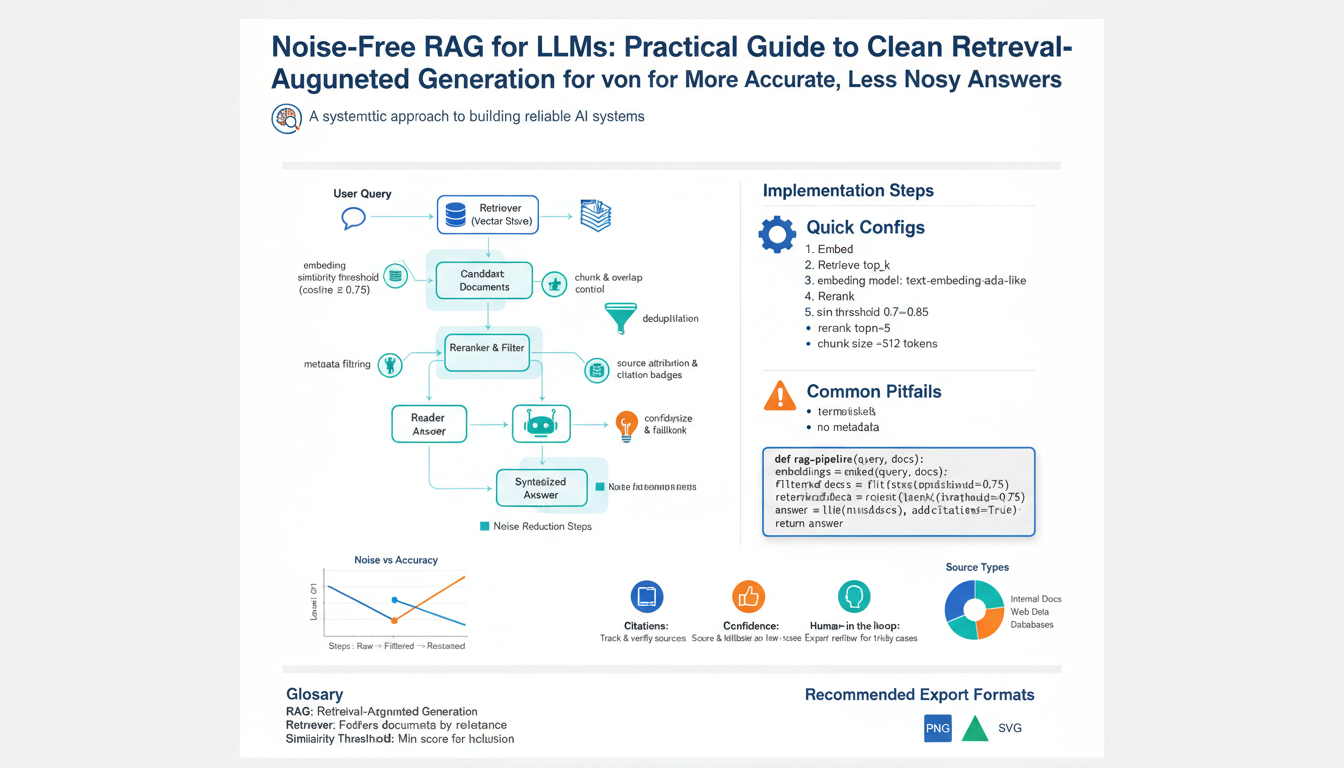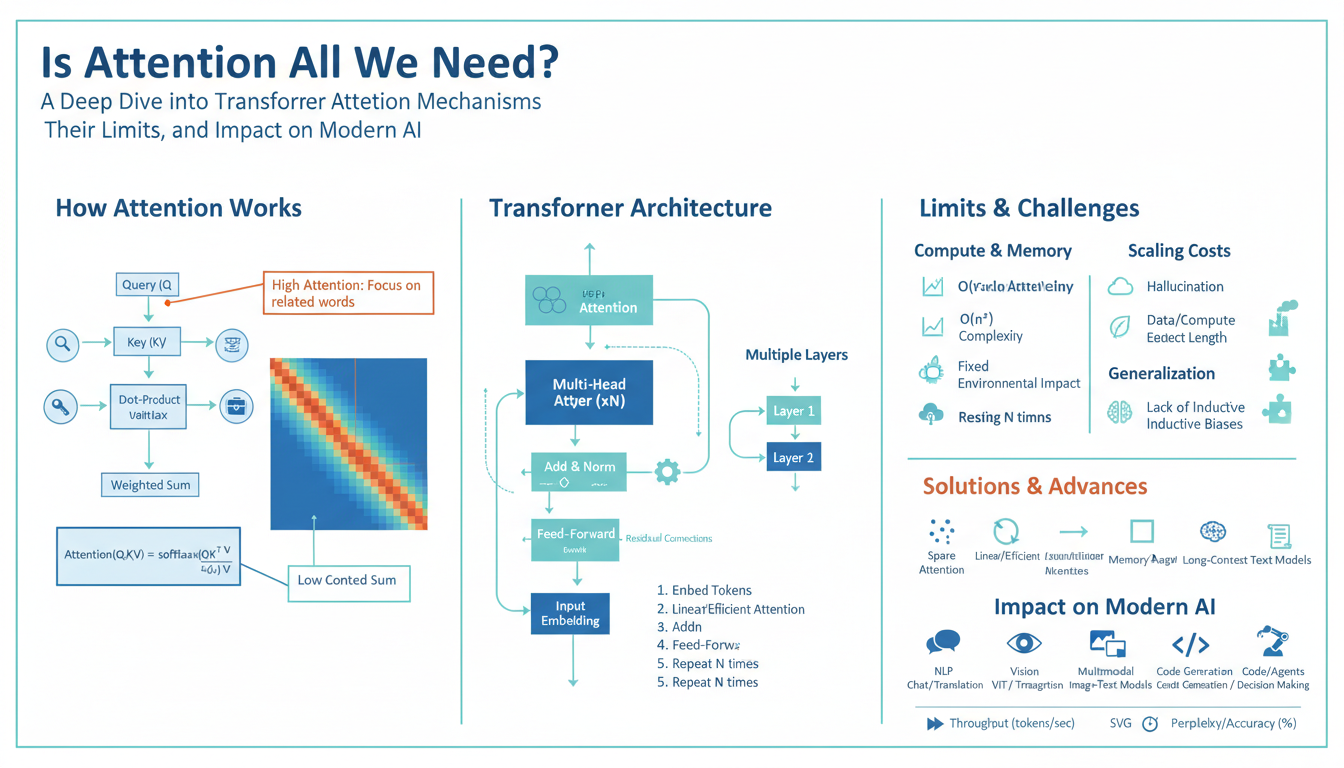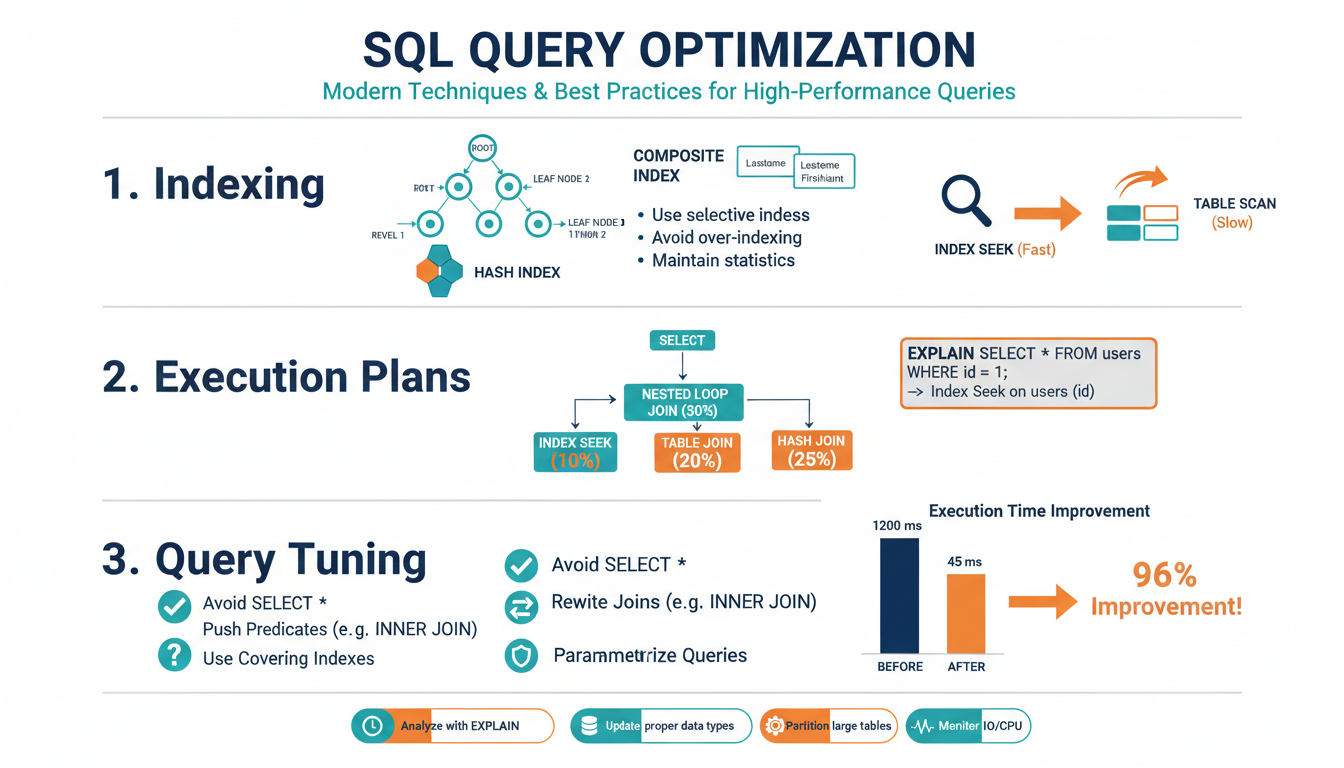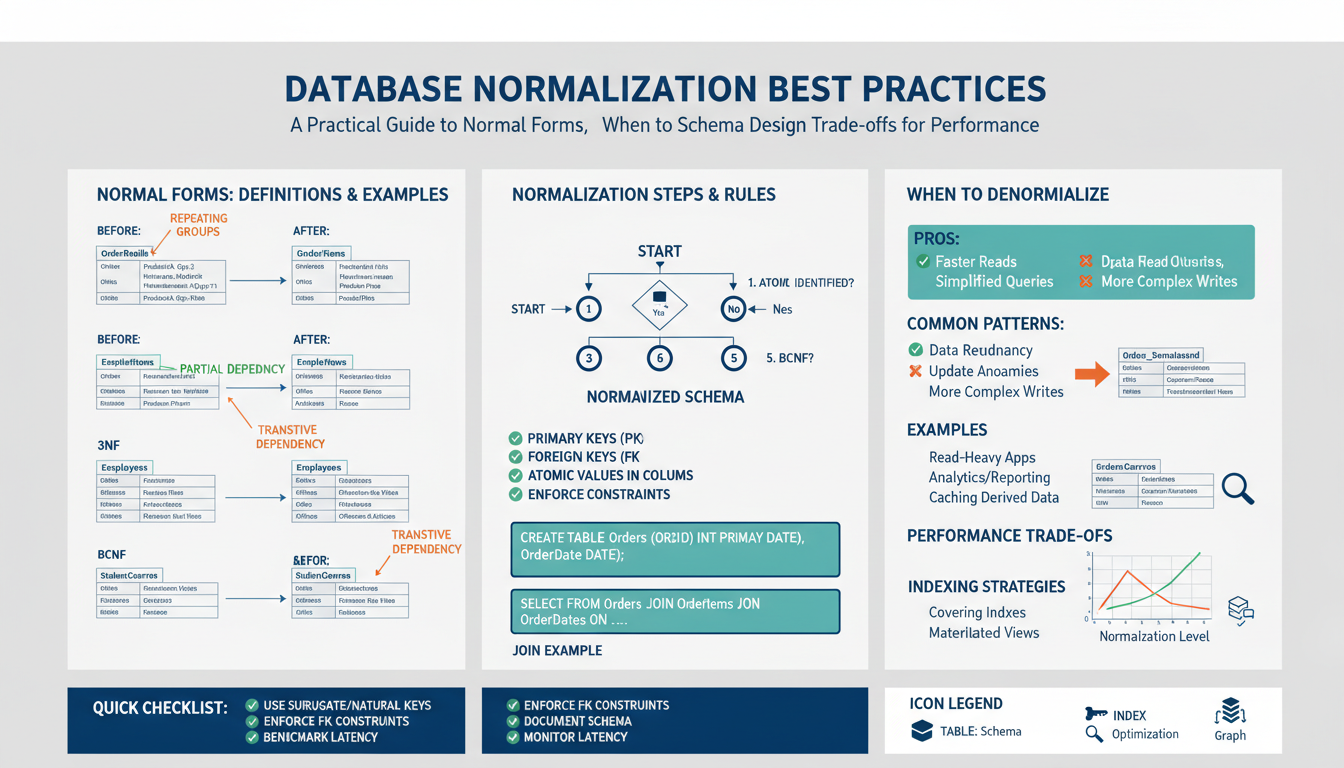Defining AI Agents: What Sets Them Apart?
Artificial intelligence (AI) has evolved far beyond simple algorithms and static software. Today, a new breed of intelligent systems—known as AI agents—are leading the charge in transforming how machines interact with the world. But what are these agents, and what distinguishes them from conventional AI systems?
At their core, AI agents are autonomous entities programmed to perceive their environment, process information, make decisions, and take actions independently. Unlike traditional AI, which often operates within rigid, predefined parameters, AI agents possess the ability to learn from experience and adapt their strategies over time. This dynamic, goal-oriented approach sets them apart, making them a powerful tool for tackling complex problems.
To understand what makes AI agents unique, consider these defining characteristics:
- Autonomy: One of the most crucial attributes is their capacity for autonomy. AI agents can operate without constant human oversight, analyzing data, setting priorities, and executing tasks based on situational awareness. For instance, MIT researchers are developing self-driving cars that act as agents, making real-time decisions to navigate unpredictable roads.
- Reactivity & Proactivity: Unlike static programs, agents continuously sense changes in their environment and respond accordingly (reactivity). More advanced agents also exhibit proactivity—they anticipate future states and take initiative to achieve long-term objectives. For example, digital personal assistants like Google Assistant can schedule meetings and send reminders proactively based on user habits.
- Goal-oriented behavior: Agents are typically given high-level goals rather than step-by-step instructions. They use AI techniques such as machine learning and reasoning algorithms to determine the optimal set of actions to achieve these goals, often in dynamic or unpredictable environments.
- Learning and Adaptation: Through ongoing interaction with their surroundings, many AI agents employ techniques such as reinforcement learning, enabling them to improve performance over time. For detailed insights, see this DeepMind research on agents that learn complex strategies in video games and robotics.
- Interaction and Collaboration: Agents can communicate and cooperate, either with humans or with other agents, to solve tasks collaboratively. Multi-agent systems power innovations from automated trading bots to smart power grids, as explored by the Stanford AI Lab.
In essence, AI agents are more than just software; they are intelligent entities capable of real-world impact, whether steering autonomous vehicles, managing logistics, or acting as collaborative digital coworkers. Their adaptability and independence position them as the next frontier in the ongoing evolution of intelligent systems.
The Evolution from Traditional AI to Autonomous Agents
The journey from traditional artificial intelligence to today’s autonomous agents marks a transformative era in the tech landscape. Originally, AI systems were largely rule-based, operating under the strict control of human-defined algorithms. Early applications—such as expert systems in medicine or finance—relied on large, predefined databases, using if-then rules for decision-making. Their capacity for learning or adaptation was limited, making them powerful but inflexible tools.
With the introduction of machine learning, AI systems made a substantial leap forward. These newer models could learn from large volumes of data, uncovering patterns and making predictions with increasing accuracy over time. Techniques like supervised learning, unsupervised learning, and deep learning enabled applications such as image recognition and language translation to become remarkably proficient. However, even at this stage, most AI needed close human supervision and intervention to function effectively.
The contemporary wave of AI—autonomous agents—represents an even more remarkable advancement. Unlike their predecessors, these agents are not just tools that respond to commands or analyze data; they act on their own, making decisions, interacting with their surroundings, and adapting to new situations without constant oversight. For example, consider autonomous vehicles: these complex systems continually perceive their environment, make real-time choices, and even learn from their experiences to improve future performance. Research hubs like Oxford AI Society describe how modern agents blend machine learning, reinforcement learning, and real-time adaptation strategies.
Building autonomous agents involves several crucial components:
- Sensing: Agents use sensors or data inputs to perceive their environment. For instance, smart home assistants rely on microphones, cameras, and IoT integrations to monitor activity.
- Reasoning: Drawing on sophisticated algorithms, they interpret data and anticipate outcomes. Practical applications range from automated trading bots assessing market conditions to healthcare monitoring systems identifying patient risks.
- Decision-making: Unlike traditional AI, agents independently choose actions based on goals or feedback mechanisms. Multi-agent systems even allow groups of agents to share information, negotiate, and collaborate.
- Learning: Through feedback loops and trial-and-error, agents refine their strategies, getting smarter and more effective with time—a process foundational to fields like autonomous robotics.
Autonomous agents are already shaping industries as diverse as logistics (with warehouse robots optimizing inventory), customer service (via advanced conversational bots like LaMDA by Google), and finance (where AI-powered advisors respond dynamically to changing markets). This evolution points to a future where intelligent systems can continuously learn, strategize, and operate with unprecedented independence—laying the groundwork for entirely new business models, societal structures, and ways of living. For a deeper dive into the stages and ethical implications, consider exploring resources from organizations like the Google AI Ethics Group.
Key Technologies Powering Next-Gen AI Agents
Developing the next generation of AI agents requires a blend of cutting-edge technologies that work in harmony to exceed the capabilities of traditional artificial intelligence. Below, we explore the foundational pillars powering these intelligent systems, highlighting how each contributes to the evolution of AI agents and pointing readers to trusted resources for deeper exploration.
1. Large Language Models (LLMs) and Transformer Architectures
Modern AI agents lean heavily on large language models like OpenAI’s GPT-4 and Google’s PaLM 2, which are built using transformer architectures. These LLMs are trained on vast datasets and are capable of understanding nuanced language, reasoning through complex queries, and generating human-like responses. The rapid advancement in transformer research has set a new benchmark for machine intelligence, as detailed in this publication by DeepMind.
- Step 1: Data is ingested from diverse sources, including the internet, books, and academic papers.
- Step 2: Patterns and context are learned through self-supervised and reinforcement learning techniques.
- Example: Chatbots using GPT-4 can understand multi-turn conversation, summarize articles, and draft emails with contextual awareness.
2. Multimodal Integration
Unlike earlier AI models that were restricted to text or images, next-gen agents seamlessly process information from multiple modalities—text, visuals, audio, and even sensor data. This synergy enables agents to interpret complex scenarios more effectively, as seen in applications like autonomous vehicles and digital assistants. For a comprehensive understanding of this trend, explore the work of Google AI Blog.
- Step 1: Multimodal data is fused at the model input stage, allowing simultaneous processing of text, sound, and images.
- Step 2: The agent cross-references between modalities to deliver richer, more accurate responses.
- Example: An AI customer service agent analyzes both a customer’s spoken complaint and facial cues in a video call before responding empathetically.
3. Autonomous Reasoning and Planning Engines
Key to the future of intelligent systems is the ability to plan, reason, and make decisions without constant human guidance. This is enabled by the fusion of classic AI planning techniques with neural-symbolic approaches. These systems can break complex problems into manageable goals, monitor progress, and revise actions dynamically. Research from Microsoft Research explains the practical power of neural-symbolic AI.
- Step 1: The agent analyzes tasks and environment constraints.
- Step 2: It leverages symbolic rules for structured reasoning and neural networks for adaptability.
- Example: Robotics agents in warehouses use reasoning engines to optimize picking routes based on changing inventory locations.
4. Continual Learning and Adaptation
Unlike earlier rigid systems, advanced AI agents display continual learning—the ability to assimilate new information, adapt to evolving environments, and improve over time. This involves sophisticated forms of incremental training and federated learning, which empowers agents to learn from distributed data while preserving user privacy. Insights from MIT Press Open delve into the challenges and breakthroughs in continual learning.
- Step 1: Agents repeatedly retrain using real-world user data—sometimes in real-time—maintaining relevance without a complete overhaul.
- Step 2: Feedback loops are integrated so agents can be corrected or informed by human operators or peer agents.
- Example: Smart home AI that refines its behavior based on individual household routines, learning users’ preferences for temperature, lighting, or security.
5. Knowledge Graphs and External Data Integration
The integration of structured knowledge repositories empowers agents to access, verify, and synthesize information from vast external databases. By leveraging knowledge graphs, agents can fact-check responses, retrieve contextually relevant data, and enhance decision-making accuracy.
- Step 1: Entities and relationships are mapped from raw data to a structured format, such as ontologies or graphs.
- Step 2: Real-time queries enable agents to access up-to-date facts or uncover hidden connections.
- Example: Virtual medical assistants use clinical knowledge graphs to suggest treatments and cross-check symptoms against the latest medical research.
Through these intertwined technologies, the capabilities of AI agents continue to accelerate, opening new frontiers—from personal tutors to autonomous scientists. As each foundational layer evolves, the next wave of agents will be more autonomous, adaptive, and deeply integrated into daily life.
Applications Across Industries: From Healthcare to Finance
The rise of AI-powered agents is dramatically reshaping how industries operate, making intelligent systems a cornerstone of modern innovation. Below, we explore how these agents are revolutionizing processes and decision-making across key sectors, offering tangible benefits and setting the stage for the next wave of digital transformation.
Healthcare: Transforming Patient Care and Operational Efficiency
In the healthcare sector, AI agents are not merely augmenting routine tasks—they’re leading the charge in predictive analytics, personalized medicine, and patient engagement. For example, intelligent agents can sift through massive datasets of medical records to help doctors pinpoint likely diagnoses, suggest tailored treatment plans, and warn of potential adverse drug interactions. The National Institutes of Health reports advancements in AI models that match or even surpass human experts in diagnosing certain cancers from medical images.
Moreover, virtual health assistants guide patients through appointment scheduling, symptom checks, and medication reminders, reducing strain on staff and minimizing errors. As remote patient monitoring grows, AI agents analyze real-time data from wearables to detect early warning signs, enabling proactive interventions. This not only improves outcomes but also enhances the efficiency of healthcare delivery.
Finance: Driving Intelligent Automation and Fraud Detection
In finance, AI-powered agents are redefining everything from customer service to risk management. Many banks and insurers now use chatbots, which act as autonomous agents handling customer inquiries, facilitating transactions, and providing 24/7 support. These digital assistants employ natural language understanding to answer queries and even detect customer sentiment, offering a personalized experience that builds trust. The World Economic Forum highlights how AI in finance accelerates service delivery and reduces operational costs.
One of the most critical roles of AI agents is in fraud detection. By continuously analyzing transaction patterns across billions of data points, these systems can identify suspicious activity in real time—often flagging threats faster and more accurately than traditional methods. For example, if an unusual purchase is made overseas, an AI agent can send a prompt alert to both the user and the fraud team, proactively minimizing risk.
Manufacturing: Enabling Smart Factories and Predictive Maintenance
Manufacturing has experienced a significant leap forward through the use of intelligent agents in smart factories. AI-driven systems orchestrate supply chain operations, optimize production schedules, and monitor equipment health. Predictive maintenance agents, for example, analyze sensor data to forecast machine failures before they occur, reducing costly downtime. McKinsey & Company explains how AI fuels operational agility, allowing manufacturers to respond rapidly to market changes and demand fluctuations.
Moreover, visual inspection agents powered by computer vision can identify defects on assembly lines at speeds and accuracies no human can match, ensuring higher product quality and safety.
Retail: Delivering Personalized Customer Experiences
Retailers are leveraging AI agents to craft hyper-personalized shopping journeys. Intelligent recommendation systems study customer preferences, browsing patterns, and purchase history to suggest relevant products in real time. These systems use advanced modeling to predict future buying behavior, enabling stores to customize promotions and optimize inventory—ultimately increasing customer satisfaction and sales. To learn more, see Harvard Business Review’s analysis on AI in retail.
Additionally, autonomous agents streamline inventory management by forecasting demand, automating reorders, and even guiding robots to restock shelves, ensuring popular items are always available. Virtual shopping assistants help answer customer queries, check product availability, and assist in checkout, providing a seamless online-to-offline experience.
Conclusion: A New Era Across Industries
As these examples illustrate, AI agents are propelling a new era of efficiency, innovation, and value creation across industries. Their ability to learn, adapt, and act autonomously is setting the stage for intelligent systems that don’t just support human professionals—they empower them to achieve more.
Challenges in Agent-Based AI Systems
As we move further into the realm of agent-based AI systems, it becomes clear they come with a unique set of challenges that must be addressed to realize their full potential. Below, we dive deep into some of the primary hurdles facing agent-based AI, with an emphasis on their practical and theoretical ramifications.
Complexity of Coordination and Communication
One of the central challenges is ensuring that multiple AI agents can successfully coordinate and communicate. When numerous agents interact—each with their own goals, strategies, and information—the system’s complexity increases exponentially. Miscommunications can lead to unexpected behaviors or even catastrophic system failures.
- For example, in autonomous vehicle groups, poorly coordinated decision-making can result in gridlocks or accidents. Enhanced communication protocols, such as the use of shared ontologies, are actively researched to address this—see efforts like the work conducted by MIT on multi-agent systems.
- Developers often employ approaches such as reinforcement learning with communication channels to foster more harmonious collaborations between agents. However, this too is fraught with difficulties around scalability and interpretability, as discussed in leading conferences such as IJCAI (International Joint Conferences on Artificial Intelligence).
Security and Robustness
Agent-based AI systems are inherently vulnerable to security risks, especially in decentralized applications. The autonomous nature of agents makes them tempting targets for adversarial attacks—malicious agents can disrupt or deceive the system.
- Examples include adversarial attacks in smart grids or financial systems, where “rogue” agents might manipulate signals or provide false data. For insights into adversarial robustness, see ongoing research at the Stanford Artificial Intelligence Laboratory.
- Developing security mechanisms—such as anomaly detection, secure communication protocols, and trust models—remains a hotbed of activity. This challenge goes hand in hand with designing agents that can adapt in real-time without compromising safety, which is documented in resources like Nature Machine Intelligence.
Ethical and Social Implications
Agent-based AI is redefining how autonomous decisions are made, but this presents ethical quandaries. Autonomous agents may make decisions that impact human lives—sometimes with unintended or biased outcomes.
- For example, consider algorithmic bias in systems like recruitment or credit assessment. If agents are not properly designed to mitigate bias, they can perpetuate or exacerbate inequities—this concern is well reported by organizations like MIT Technology Review.
- Steps being taken to address these challenges include developing transparent agents, conducting fairness audits, and integrating ethical guidelines into design and deployment. The ongoing academic discourse, found in journals like JAIR (Journal of Artificial Intelligence Research), is a testament to the complexity and importance of this challenge.
Scalability and Resource Management
As agent-based AI systems scale from a handful to thousands, even millions, of distributed agents, resource constraints become a critical issue. Each agent must access enough information and compute power to function effectively, which can quickly overwhelm centralized infrastructure or communication networks.
- Cloud-based and edge computing technologies are commonly used to distribute the load, but balancing computation and network resources remains a persistent bottleneck, as analyzed by the Google AI Blog.
- Techniques such as federated learning and decentralized consensus models are being explored to address these hurdles, yet they introduce their own set of engineering and privacy concerns. For detailed insights, see research by Carnegie Mellon University’s AI division.
Addressing these challenges is key to harnessing the power of agent-based AI. By staying attuned to the evolving landscape, developers and stakeholders can build robust, ethical, and scalable AI agent systems that push the boundaries of possibility.
Ethical Considerations and Responsible Deployment
As the integration of intelligent AI agents advances across industries and daily life, the ethical challenges and responsibilities surrounding their deployment become increasingly urgent. Developers, organizations, and policymakers must proactively address these complex concerns to foster trust, safeguard rights, and maximize social good. Below, we explore several key areas—highlighting detailed considerations and practical steps—for the responsible deployment of AI agents.
1. Bias, Fairness, and Equity
One of the most significant ethical challenges in AI systems is the risk of embedded biases leading to unfair or discriminatory outcomes. For example, recruitment agents might inadvertently perpetuate gender or racial biases if their underlying data is skewed. To mitigate this, developers must adopt rigorous data auditing and validation protocols, ensuring training sets are diverse and representative. Tools such as IBM’s Fairness 360 and Google’s Facets can help identify bias during the design phase. Regular third-party audits and ongoing model monitoring further ensure that agents operate equitably over time.
2. Transparency and Explainability
For users to trust AI agents, their decisions and processes must be transparent. Black-box models risk eroding public confidence, especially when outcomes impact individuals’ lives—such as automated credit approvals. Implementing explainability techniques—like interpretable machine learning models and traceable decision logs—empowers end-users and regulators to understand, question, and even appeal AI-driven decisions. Transparency also includes disclosing when individuals are interacting with AI rather than humans, as advocated by institutions such as the Google Responsible AI initiative.
3. Privacy and Data Protection
AI agents often rely on personal data to deliver tailored experiences, raising concerns about privacy and data misuse. Best practices include anonymizing data, adhering to principles set out in standards like the General Data Protection Regulation (GDPR), and limiting data sharing to only what is necessary for an agent’s function. Organizations must implement secure data storage protocols, robust encryption methods, and obtain informed consent from users. Regular privacy impact assessments can uncover new risks as technologies evolve.
4. Accountability and Governance
Determining responsibility when AI agents malfunction or cause harm is a nuanced issue. Clear lines of accountability—whether for developers, deployers, or third-party data providers—should be established before deployment. Incident response frameworks, similar to those outlined by the NIST AI Risk Management Framework, facilitate quick and effective mitigation of harm. Comprehensive documentation of agent behavior, model versioning, and rigorous compliance with governing laws are also essential for long-term accountability.
5. Societal Impact and Long-Term Consequences
The rise of autonomous agents has broader implications, affecting employment, societal norms, and even global security. Responsible deployment considers not just immediate efficiencies but also the longer-term impact on jobs and public welfare. Policymakers and companies can engage in scenario analysis—using methodologies recommended by the World Economic Forum—to forecast and manage repercussions. Collaborative efforts between technologists, ethicists, and community stakeholders can help design AI agents that align with shared values and promote positive social change.
The journey towards responsible AI deployment is ongoing, marked by technical, legal, and societal complexity. However, by thoughtfully addressing these core ethical considerations, organizations can create AI agents that are not only intelligent but also worthy of public trust.
The Future Outlook for AI Agents
Looking forward, the evolution of AI agents presents a transformative vision not just for technology, but also for society at large. As intelligent agents become increasingly integrated into daily life, several key trends and possibilities begin to emerge, painting an exciting picture of what the future holds.
First, AI agents are poised to become autonomous collaborators. Unlike traditional software, these agents can independently learn, adapt, and even make decisions in complex, dynamic environments. For example, personal AI assistants are evolving—beyond setting reminders and answering queries, they could soon coordinate your travel, handle negotiations for purchases, or manage routine work tasks without human input. Enterprises are already developing multi-agent systems that can coordinate vast networks of robots or digital entities, collectively solving problems far beyond the capacity of any single system.
Another significant direction is the integration of emotional intelligence into AI agents. Future generations of intelligent systems will be capable of understanding, reacting to, and even anticipating human emotions. This paves the way for more emotionally intelligent machines that can enhance customer service, education, and healthcare by picking up on non-verbal cues, stress, or even the mood of their users. For example, in healthcare, AI agents could provide tailored mental health support, monitoring patient engagement and flagging concerns well before they become crises.
Furthermore, the rise of generalist AI agents is expected to break traditional task silos. Instead of being narrowly trained for a single application, next-generation agents will master a variety of domains, switching context smoothly from business scheduling to creative writing, or from financial planning to customer support. Advances such as ChatGPT and similar models demonstrate early versions of these capabilities and point to a future where multi-talented AI agents act as highly personalized, all-in-one digital companions.
Security and ethics will be front and center as these systems develop. The potential for AI to make decisions autonomously raises questions about bias, privacy, and safety. Institutions such as Stanford’s Institute for Human-Centered AI and Harvard’s Berkman Klein Center are actively researching frameworks and best practices to ensure responsible agent deployment. Expect increasing transparency, oversight mechanisms, and the refinement of AI ethics guidelines as adoption grows.
Finally, AI agents will play a crucial role in tackling global challenges—from climate modeling and disaster response to personalized education on a mass scale. By autonomously collecting, analyzing, and acting on data, AI agents offer the potential for breakthroughs in how we respond to rapidly evolving threats and opportunities alike. For example, in the field of environmental science, AI agents are already being used for climate prediction and ecosystem management, opening new pathways for informed decision-making at unprecedented speed and scale.
As society stands on the brink of this new frontier, one thing is clear: the future of AI agents will be shaped by both technological innovation and thoughtful human stewardship. Staying informed and engaged with ongoing research and ethical debates will be essential for anyone hoping to harness the full promise of the next generation of intelligent systems.



